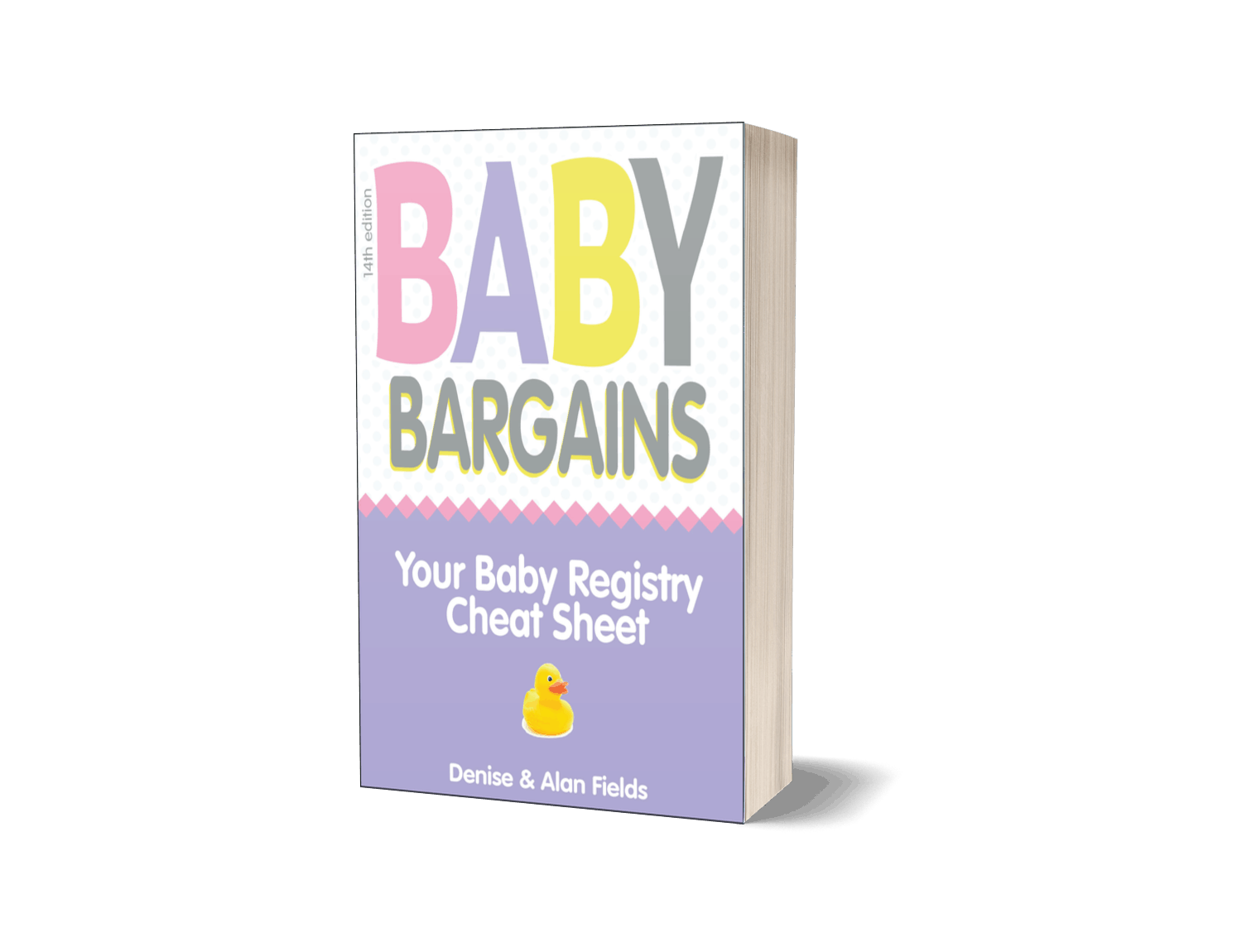On the day before the government held a special meeting to toughen crib safety standards, Babies R Us announced it was dropping drop-side cribs, according to the Wall Street Journal.
The Journal reports:
"There are enough concerns raised about drop-side cribs that we're moving forward and we're going to phase them out," the company's Chairman and Chief Executive Jerry Storch said in an interview. While Mr. Storch said he doesn't necessarily believe newer drop-side cribs are dangerous, he's concerned about the amount of time consumers are keeping their cribs, especially in this economy. "It adds in an element of risk that we don't want to take, particularly over time," he said. "It seems that the strongest cribs are ones where the four sides attach to each other and have less complicated hardware."
BRU's move comes after 4.2 million cribs were recalled in the past two years—many of those recalled cribs were drop-sides. Of course, BRU played its own role in this drama, recalling 376,000 Jardine cribs in 2008 for defective slats.
BRU seems to be employing the classic technique of getting out in front of bad news (that is, the government questioning crib safety). But remember that the Jardine cribs recalled in 2008 weren't ancient relics from the 70's—they were at most six years old. And, since Jardine is a Babies R Us exclusive, we assume BRU was heavily involved the crib's specifications, design and price.
So will the new static-only cribs cost more for consumers?
Mr. Storch of Toys "R" Us said his company toughened its internal crib standards last fall to include added testing and other requirements that go beyond federal regulations and the ASTM's voluntary standards. Those changes will likely add about 5% to 15% to the cost of supplying a crib, he said.
Only some of that will likely be passed on to consumers, Mr. Storch said. Among other things, the company began requiring that spindles be inserted into crib rails at a minimum depth of half an inch, and it required that wood such as aspen and mahogany be used instead of tropical hardwood that's cheaper but not necessarily as reliable. It also borrowed from tougher Canadian and British standards for cribs.
It's frustrating that drop-side cribs are becoming the fall guy here—-for decades, these cribs were made without significant safety problems. Now, suddenly, they are dangerous? This debate seems to be distracting from the real issue: the lack of enforcement of safety rules . . . and the willingness of some crib makers and sellers to cut corners to drive crib prices lower.

 We obsess over gear for families . . . so you don't have to. Baby Bargains has one mission: help you find the best gear for your family and home with unbiased reviews by experts with 20 years of experience. At prices that don't break the bank. When you purchase a product from links on this site, we make a small affiliate commission. Learn more
We obsess over gear for families . . . so you don't have to. Baby Bargains has one mission: help you find the best gear for your family and home with unbiased reviews by experts with 20 years of experience. At prices that don't break the bank. When you purchase a product from links on this site, we make a small affiliate commission. Learn more 

This is really disappointing. My wife is just 5 foot tall and when we looked at static-side cribs, it was apparant she would have a hard time with them. We ended up purchasing a Babi Italia drop-side and have been quite happy with it. I suppose we’ll end up using this crib whenever we decide to have our second child.
This is really disappointing. My wife is just 5 foot tall and when we looked at static-side cribs, it was apparant she would have a hard time with them. We ended up purchasing a Babi Italia drop-side and have been quite happy with it. I suppose we’ll end up using this crib whenever we decide to have our second child.
I’m so glad I bought a drop side crib when my daughter was born in 2006. At two and a half years old, she’s still using it, and it is as sturdy as ever. It has been taken apart and reassembled through two moves, as well. I will be using it for all of her future siblings. It is a Bonavita crib from USA Baby – amazing quality and a much better price than flimsier cribs at BRU. And it was made in Canada. 🙂
I’m so glad I bought a drop side crib when my daughter was born in 2006. At two and a half years old, she’s still using it, and it is as sturdy as ever. It has been taken apart and reassembled through two moves, as well. I will be using it for all of her future siblings. It is a Bonavita crib from USA Baby – amazing quality and a much better price than flimsier cribs at BRU. And it was made in Canada. 🙂
“for decades, these cribs were made without significant safety problems”
Just curious on what you base this statement. Does the data on injuries and deaths actually support that assertion? Or is it possible that we have a much lower tolerance threshold for injuries now? (And better reporting of injury data?)
If you look at cribs that are “decades” old, they are death traps. Even ignoring the exposed catch points and wide slat gaps, they tended to be rickety and thin. So I question this assertion that old cribs are much safer than current ones.
“for decades, these cribs were made without significant safety problems”
Just curious on what you base this statement. Does the data on injuries and deaths actually support that assertion? Or is it possible that we have a much lower tolerance threshold for injuries now? (And better reporting of injury data?)
If you look at cribs that are “decades” old, they are death traps. Even ignoring the exposed catch points and wide slat gaps, they tended to be rickety and thin. So I question this assertion that old cribs are much safer than current ones.
“And it was made in Canada.”
Michelle, if it’s definitely a Bonvita crib, I think you may want to check the “Made in…” label on that again.
“And it was made in Canada.”
Michelle, if it’s definitely a Bonvita crib, I think you may want to check the “Made in…” label on that again.
I’m not quite 5ft & don’t use a drop side crib for my baby; it’s just a little extra reaching. when the mattress is lowered I’ll stand on a stool. Gotta improvise, you know, when the situation calls for it.
I’m not quite 5ft & don’t use a drop side crib for my baby; it’s just a little extra reaching. when the mattress is lowered I’ll stand on a stool. Gotta improvise, you know, when the situation calls for it.
It feels as if these companies are trying to push the envelope of balancing safety v.s. cost at needlepoint. Sure it is understandable that they want to cut costs, but can’t they do sufficient testing first??? Hasn’t it occurred to them that maybe they would save more if they avoided a lawsuit?
It feels as if these companies are trying to push the envelope of balancing safety v.s. cost at needlepoint. Sure it is understandable that they want to cut costs, but can’t they do sufficient testing first??? Hasn’t it occurred to them that maybe they would save more if they avoided a lawsuit?